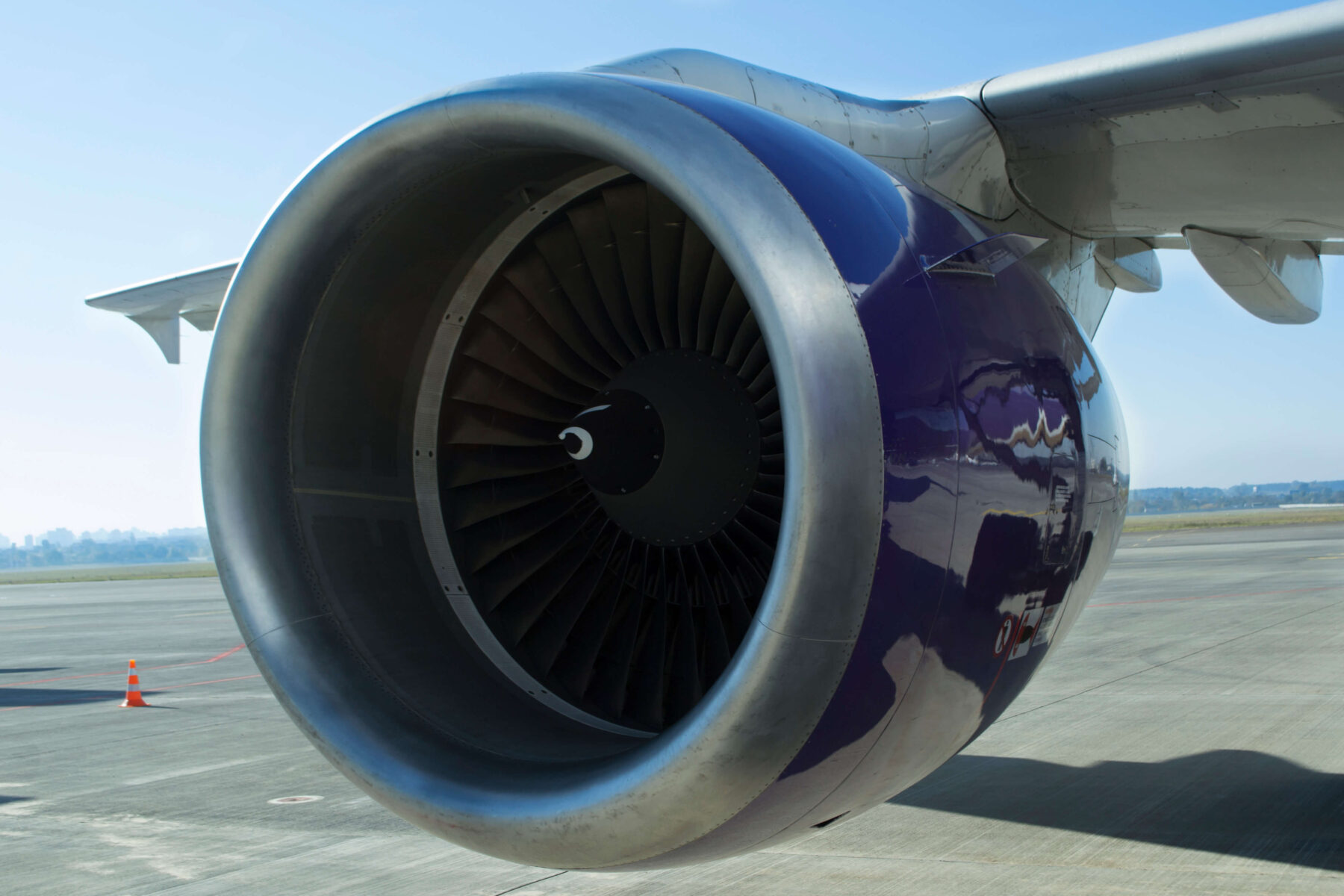As aviation enthusiasts, we’re constantly intrigued by the marvels of aircraft propulsion, and at the core of this fascination lies the CFM56 turbofan engine.
Developed in the early 1970s by CFM International, a joint venture between General Electric (GE) and Safran Aircraft Engines, these engines were at the time the pinnacle of jet engine technology, boasting exceptional performance, reliability, and efficiency.
Let’s embark on a journey to uncover the intricacies of CFM56 turbofan engines, exploring their specifications, applications, and the numerous benefits they still offer to the aviation industry.

The Birth of CFM56 Turbofan Engines
The success of CFM56 turbofan engines is rooted in a collaborative effort between GE and Safran Aircraft Engines, two major players in the aerospace industry. Through meticulous research, innovation, and engineering excellence, these engines were and still are synonymous with reliability and performance, powering a diverse range of commercial and military aircraft worldwide.
Key Specifications of CFM56 Turbofan Engines
The CFM56 is a high-bypass turbofan engine, meaning that most of the air moved by the fan bypasses the engine core and exits through the fan case. Its various models have bypass ratios between 5:1 and 6:1, producing thrust from 18,500 to 34,000 pounds-force (80 kN to 150 kN). These models are based on a common design, with differences in specific details.
The CFM56 is a two-shaft engine, consisting of two counter-rotating shafts: one high pressure and one low pressure, each driven by its own turbine (high-pressure and low-pressure turbines). Over different versions, the fan, low-pressure compressor (booster), and the compressor, combustor, and turbine sections have evolved.
Applications of CFM56 Turbofan Engines
CFM56 turbofan engines find widespread use in commercial airliners, military transport aircraft, and even maritime patrol platforms. The main civil applications for the CFM56 series are the Boeing 737 Classic (CFM56-3), Boeing 737NG (CFM56-7), Airbus A320 (CFM56-5), including the A320ceo(CFM56-5), and Airbus A340 (CFM56-5C) series.
Maintenance: Ensuring longest on-wing-times
Typically, CFM56 Turbofan Engines are operated under an on-condition maintenance program, where it is no uncommon for operators to reach on-wing-time of up to 40000 flight hours. From routine borescope inspections as offered by Kabamba to scheduled repairs and up to full overhaul, certified CFM56 engine repair shops play a crucial role in ensuring that these engines continue to operate at peak reliability throughout their operational lifespan.
Advancements in CFM56 Turbofan Technology leading to the LEAP Turbofan Engine
The LEAP engine („Leading Edge Aviation Propulsion“) features technologies that CFM developed through the LEAP56 technology acquisition program, which began in 2005. Officially introduced as the LEAP-X on July 13, 2008, this engine is designed to replace the CFM56.


